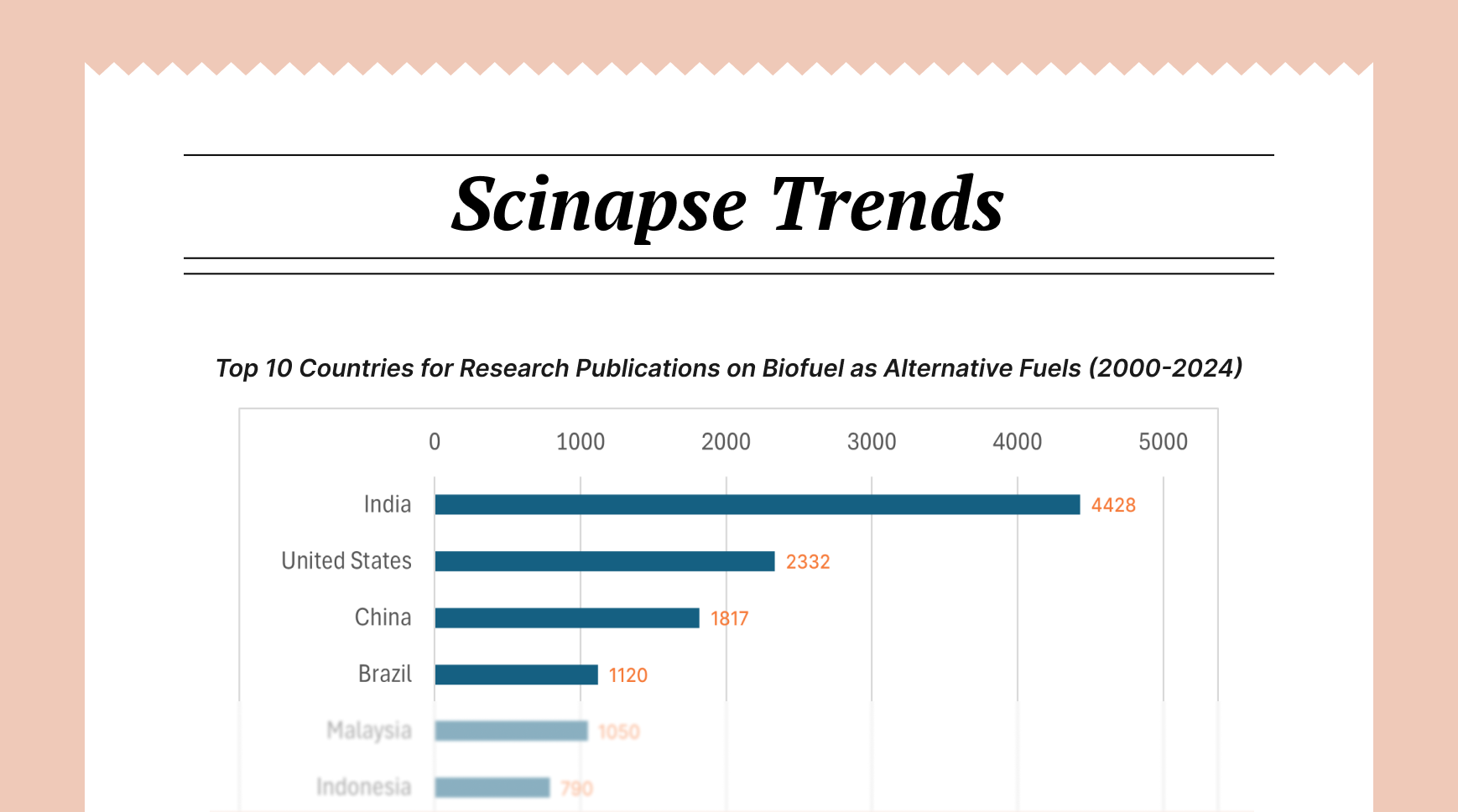How to Update an Existing Literature Review for New Research

For every researcher, each new project often begins with a familiar yet crucial step: delving into the existing body of knowledge. This initial immersion, typically involving a literature review, lays the foundation for the research, identifying gaps, establishing context, and informing the research questions. However, the scientific landscape is dynamic, with new studies emerging continuously. Therefore, an existing literature review is not a static document but rather a living entity that requires periodic updates to remain relevant and impactful. This article will explore the essential strategies and considerations for effectively updating a literature review to incorporate new research, ensuring its continued value and contribution to your scholarly work.

7 Important Steps to Update Your Literature Review With New Research
The information provided highlights a common challenge faced by researchers: the overwhelming volume of published work and the difficulty in efficiently identifying the most pertinent and up-to-date information. Traditional methods of sifting through databases can be time-consuming and may not always yield the most relevant insights or a clear understanding of current research trends. Tools like Scinapse Review, which leverage artificial intelligence to generate customized mini literature reviews based on recent publications, offer a potential solution to this initial hurdle. By focusing on papers from the past five years and excluding less relevant content, such tools can provide a concise overview of the current research landscape, enabling researchers to quickly grasp key findings and identify potential avenues for their work.
However, even with the aid of such tools for initial exploration, the task of updating an existing, more comprehensive literature review requires a systematic and thoughtful approach. It's not simply about adding new citations; it involves critically evaluating new findings, synthesizing them with the existing body of knowledge, and potentially refining the original arguments and conclusions.
1. Revisit Your Research Question and Scope
Before embarking on the update, it's crucial to revisit the original research question and scope of your literature review. Has your research focus evolved? Have new developments in the field broadened or narrowed the relevant literature? Clearly defining the current scope will help you focus your search for new research and determine which new findings are most pertinent to your review.
2. Strategize Your Search for New Literature
While initial searches might have relied on broad keywords, updating your review requires a more targeted approach. Consider the following strategies:
- Identify Key Authors and Influential Papers: Build upon your existing knowledge of seminal works and prominent researchers in the field. Track their recent publications and explore who is citing their work to uncover new relevant studies. Tools like Scinapse's Research Intelligence, which highlights "Recent Leading Researchers" and "Top Original Papers," can be valuable in this process.
- Refine Keywords and Search Terms: Based on new insights gained since your initial review, refine your keywords and search terms. Explore related concepts and use Boolean operators (AND, OR, NOT) to create more precise search queries in academic databases.
- Explore New Databases and Resources: The landscape of academic publishing is constantly evolving. Investigate new databases, journals, and repositories that may have emerged or gained prominence in your field since your last review.
- Utilize Citation Tracking: Set up alerts in databases like Google Scholar, Web of Science, and Scopus to be notified of new publications that cite key papers in your original review. This can help you stay abreast of the most relevant emerging research.
- Leverage AI-Powered Tools: As highlighted by the information provided, AI-powered tools can play a significant role in streamlining the initial stages of identifying recent literature. Scinapse Review's ability to generate custom mini literature reviews based on keywords and focus on recent original papers can provide a quick snapshot of current trends and key insights. While these tools may not replace a comprehensive search, they can offer a valuable starting point and help identify relevant areas for deeper exploration.
3. Critically Evaluate New Research
Once you have identified new literature, it's essential to critically evaluate its quality and relevance. Consider the following aspects:
- Methodology: Assess the rigor and appropriateness of the research methods used in the new studies. Are the findings reliable and valid?
- Sample Size and Representativeness: Evaluate the sample size and whether the findings can be generalized to the broader population or context relevant to your review.
- Findings and Conclusions: Carefully examine the key findings and the conclusions drawn by the authors. Are the conclusions supported by the data?
- Contribution to the Field: Determine the novelty and significance of the new research. Does it confirm, contradict, or extend existing knowledge? Does it address any gaps identified in your original review?
- Alignment with Your Scope: Assess how well the new research aligns with the current scope of your literature review. Is it directly relevant to your research question, or does it offer valuable contextual information?
4. Synthesize New Findings with Existing Literature
The core of updating a literature review lies in effectively integrating new findings with the existing body of knowledge. This involves more than simply adding summaries of new papers. Consider the following:
- Identify Patterns and Trends: Look for recurring themes, consistent findings, or emerging trends across the new and existing literature. Tools like Scinapse's Research Intelligence, which analyzes "Recent Leading Researchers" and "Top Affiliations," can help identify broader trends within a specific field.
- Note Contradictions and Discrepancies: Highlight any conflicting findings or methodological differences between new and older studies. Explore potential reasons for these discrepancies.
- Identify Gaps and Future Directions: Determine if the new research addresses any of the gaps you previously identified or if it uncovers new unanswered questions and potential avenues for future research.
- Refine Your Conceptual Framework: The new literature may necessitate a refinement or even a revision of your original conceptual framework. Ensure that your review accurately reflects the current understanding of the topic.
5. Update the Structure and Content of Your Review
As you synthesize new information, you may need to adjust the structure and content of your literature review. This could involve:
- Adding New Sections or Subsections: If the new research introduces significant new themes or areas of inquiry, consider adding dedicated sections to address them.
- Revising Existing Sections: Update the content of existing sections to incorporate the new findings and reflect the current state of knowledge.
- Adjusting the Flow and Argumentation: Ensure that the updated review maintains a logical flow and that the overall argumentation remains coherent and well-supported by the evidence.
- Updating Tables and Figures: If your original review included tables or figures summarizing key findings, update them to include relevant information from the new research.
6. Revise Your Conclusion
The conclusion of your updated literature review should summarize the key findings, highlight the contributions of the new research, discuss any remaining gaps or contradictions, and suggest potential directions for future research. It should provide a clear and concise overview of the current state of knowledge in your field.
7. Ensure Accurate Citation and Referencing
Maintaining accurate and consistent citation and referencing is crucial throughout the update process. Ensure that all new sources are properly cited according to your chosen style guide and that your updated reference list is complete and accurate. Tools like Scinapse Review, which provides direct links to cited papers, can aid in verifying the accuracy of your references.
Literature Review Requires Constant Updating
Updating a literature review is not a one-time task but an ongoing process, especially in rapidly evolving fields. Regularly monitoring new publications and revisiting your review will ensure that it remains a valuable and accurate reflection of the current state of knowledge. The frequency of updates will depend on the pace of research in your field and the specific needs of your project.
In conclusion, updating an existing literature review for new research is a critical step in maintaining the relevance and impact of your scholarly work. By employing a systematic approach that involves targeted searching, critical evaluation, thoughtful synthesis, and careful revision, you can ensure that your literature review continues to provide a robust foundation for your research and contributes meaningfully to the advancement of knowledge in your field.
Author: Uttkarsha B
- AI-Ethicist and STM Research & Publishing Expert
Never re-search again.
Scinapse is made by researchers for researchers.
Join the next generation of research at ⏯️ https://scinapse.io/
Pluto Labs
Pluto Labs helps researchers focus on their research by improving several inefficiencies in the academic research process. We offer data-driven insights from academic papers, allowing users to easily obtain review-level results for their desired range of papers.
https://pluto.im/





Comments ()